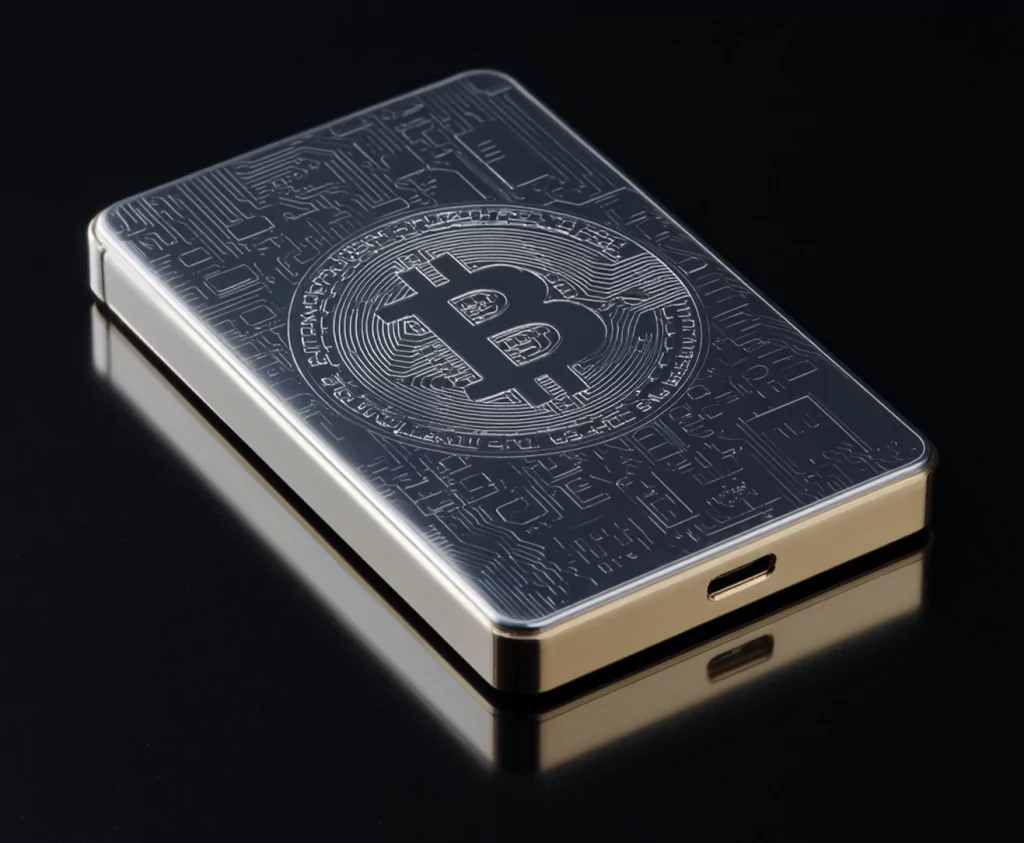
As more decentralized apps enter the mainstream, product teams are rethinking how to make blockchain experiences feel intuitive. One major shift is happening at the entry point: instead of asking users to create accounts, many crypto products now begin with a cryptocurrency wallet connection. This small change isn’t just cosmetic—it fundamentally transforms onboarding, user control, and system design. And it may be the key to unlocking better UX for crypto-native users and newcomers alike.
Rethinking Onboarding for Blockchain Users
Traditional web products rely on email signup, passwords, and profile setup before a user can start. Crypto introduces different possibilities. With wallet‑first design, onboarding shifts from filling out forms to connecting a blockchain identity. This method reduces friction and aligns actions directly with the user’s self‑custody. The result is faster access and clearer transaction contexts.
The Limits of Account‑Based Flow
Requiring account creation adds several layers of complexity: username selection, password management, email confirmation. For crypto products, these steps feel redundant, since users already rely on wallets and keys. Moreover, storing personal data increases risks and compliance burdens. From a UX perspective, each extra step invites friction and potential abandonment.
A Case Study On A Wallet‑First Approach
PeerGame eliminates account creation entirely, showing how wallet‑first interfaces can reduce onboarding friction without sacrificing user control. In this model, users simply connect their Web3 wallet and interact immediately. No username, no password, no KYC forms. The interface at PeerGame presents relevant options—game selection, transaction confirmation—after wallet connection. This structure translates actions directly to blockchain events, making the experience feel intuitive and purposeful.
Why Wallet‑First Feels Natural and Secure
Connecting a wallet at the start shifts the mental context. Users know they are using their own blockchain identity, not trusting a third‑party proxy server. From a design standpoint, this continuity reduces confusion. There is no need to reconcile separate identities or move assets later. Every action remains tied to the same wallet throughout. For technical users, this consistency reinforces trust in the system’s transparency and security.
Modular UX That Scales
Wallet‑first interfaces divide the experience into two clear states: before wallet connection and after. Before connecting, the site can offer pages and mechanics useful for newcomers, such as FAQs. After connection, the site can shift its focus to tasks tied directly to the wallet, such as making a deposit to play a game.
Safety by Design
With no account data stored on a centralized server, systems relying on wallet‑first design can somewhat reduce certain common attack vectors. For example, phishing attempts that aim to acquire data like email addresses will become far less effective. This lowers the risk profile compared to traditional account models.
Why Crypto Casinos Highlight Wallet‑First UX
Crypto casinos serve as a clear example of wallet‑first design in action. When users interact with game options, transactions are signed and executed seamlessly. This flow requires minimal technical knowledge but delivers consistent insight into blockchain operations. It is an effective live tutorial in Web3 usability.
By simplifying onboarding to wallet connection, crypto casinos reveal a new UX paradigm. Players learn wallet management, transaction signing, and on‑chain verification without needing prompts. The environment supports implicit education through user experience.
Caution and Clarity
Wallet‑first design isn’t flawless. Developers must guide users through key risks: understanding gas fees, avoiding phishing, and using secure wallets. Onboarding guidance should frame wallet connection as a transaction step, not just click‑to‑play. Clear phrasing and gas estimators build confidence and reduce errors. This reinforces a responsible product experience and encourages users to return repeatedly.
Technical Performance and Scalability
Removing traditional accounts also reduces the backend load. There is no need to store user credentials or manage sessions. Audit logs move to the blockchain. This simplifies infrastructure and decreases maintenance.
Implications Beyond Gaming
Wallet‑first design works in gaming but offers wider applicability. DeFi dashboards, NFT marketplaces, digital identity tools—all can benefit from the same interaction pattern: connect wallet, show relevant options, and update in real time. The clarity this setup delivers sets a baseline for future decentralized product UX.
UX Comparison Table
| UX Element | Account‑Based Flow | Wallet‑First Flow |
| Onboarding Steps | Email, password, forms, confirm link | Wallet connect and explore immediately |
| Identity Management | Multi‑step, centralized user profile | Wallet key controls identity and session |
| Data Storage | Stored in system backend | No personal data stored |
| Transaction Flow | Hidden backend process | Visible wallet sign-in and on‑chain confirmation |
| User Trust | Relies on platform trust | Relies on user’s private key |
Wallet‑first design aligns interaction, identity, and transparency. It eliminates unnecessary UX layers and focuses on actions users care about. PeerGame demonstrates that some complex crypto operations can feel simple if the design emphasizes clarity, directness, and user control. For teams building decentralized products, wallet connection should not be an afterthought. It is a central UX strategy.


